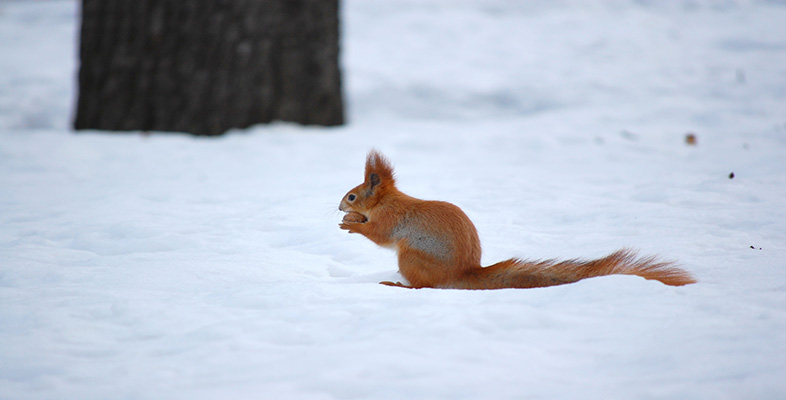1.2 Response to winter: understanding at different levels
Winter in a temperate region poses a number of environmental problems for organisms. Most obviously, average temperatures are lower than at other times of year and there are frequent frosts. Frost is highly significant for living organisms because water forms such a large proportion of their body tissues; for the great majority of organisms, freezing of their tissues leads to death. Secondly, because, as shown in Table 1.1, many adult organisms die, go into hiding or migrate in winter, many of those animals that remain have a greatly reduced supply of food (i.e. plants for herbivores and prey for carnivores). A third significant factor in winter is that the daylight period becomes markedly shorter than at other times of the year. For plants that require light for photosynthesis and for animals that use daylight vision to find food, shorter days in winter severely restrict their ability to acquire the energy and nutrients that they need to support life. Finally, a major problem for plants in winter is shortage of water, which arises for two reasons. Firstly, when water becomes frozen in the ground, it is no longer available for plants to take up through their roots. Secondly, low temperatures greatly reduce the capacity of plant roots to take up water that is available, because their physiological processes are slowed down and, often, the transport tubes (xylem) become blocked by air bubbles, so are unable to function. Here we will introduce these problems at a number of levels: Sections 1.2.1-1.2.3 invoke proximate types of explanation whilst Section 1.2.4 considers ultimate types of explanation.
